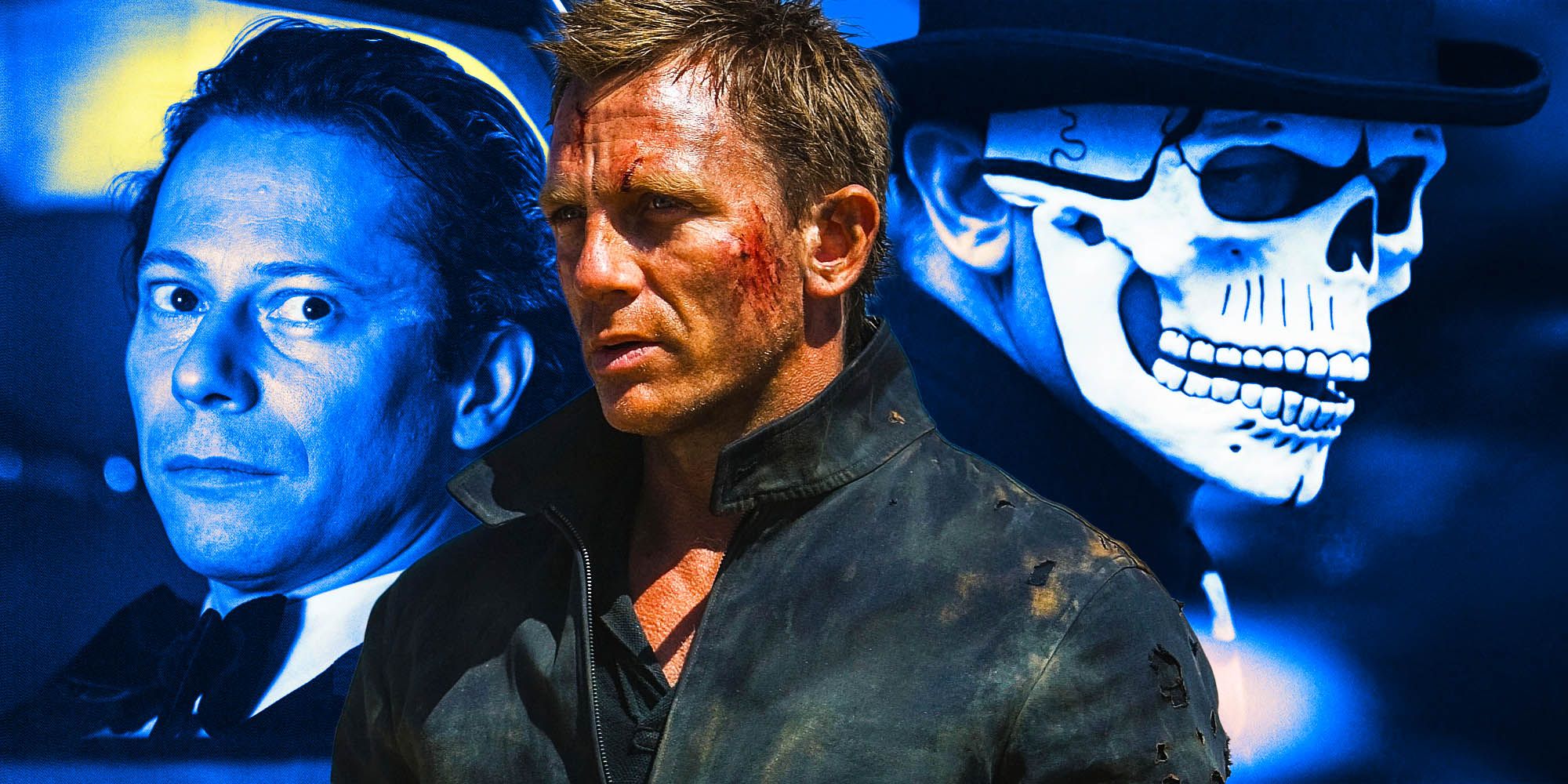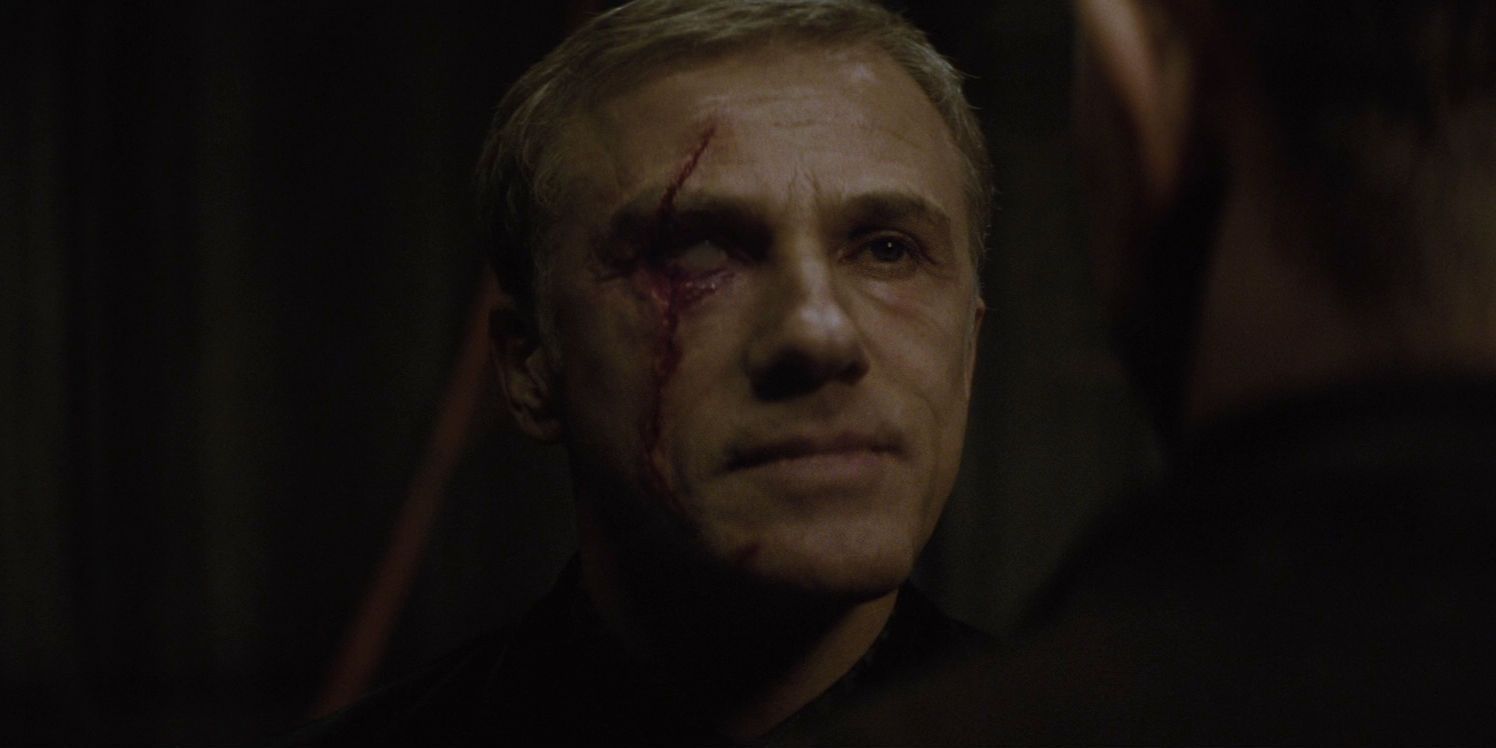When Daniel Craig's era started as James Bond the producers invented Quantum as the narrative lynchpin for his arc, but dropped them when the rights to SPECTRE were obtained, hurting 007’s overall story. Craig's 5 outings as the super-spy have been markedly different than any previous Bond film. Rather than being stand-alone adventures as had been the case for the preceding 20 movies, each new installment continues the story, as Bond grows and changes as a character.
This narrative choice was necessary in order for Daniel Craig’s era as James Bond to stay relevant. The audience’s tastes were changing, and long-form storytelling was being championed as the way forward. Continuing the series as a collection of self-contained films where the status quo is reset at the end of each mission just wouldn't work, as people wanted to know that the story was building to something. To this end, 2008's Quantum of Solace picks up only an hour after Casino Royale, being Bond's first true sequel. The villains of the movie are a crime syndicate called Quantum, and the film goes to great lengths to try and establish them as a real and unstoppable threat to MI6 and the world at large. They are also responsible for Vesper Lynd’s betrayal of Bond in Casino Royale and being teased as his white whale that he will follow to the ends of the earth.
As a threat, it's tailor-made for James Bond's historic literary and cinematic nemesis Blofeld and his villainous organization SPECTRE. However, at the time Quantum of Solace was made the film rights to SPECTRE were embroiled in decades of litigation. When the rights were finally settled in 2013, the idea of bringing both SPECTRE and Blofeld back was too tantalizing an opportunity to pass up. Spectre was released in 2015 and Quantum as an organization was quickly and quietly forgotten, given a passing reference by Q and a fleeting computer graphic showing them to be merely one tentacle of SPECTRE’s octopus symbol. The efforts to make them an all-powerful threat are completely undermined with the knowledge that Quantum is simply a subsidiary of SPECTRE. Story threads and characters established as being important in Quantum of Solace are never heard of again in the later films. If the rights to SPECTRE were not settled at the time, the direction of Craig's later films could have been drastically different and offered a more cohesive story.
In bringing SPECTRE and Blofeld into the Craig movies, an ill-advised retcon of the series was also created whereby Bond was taken in as an orphan by Blofeld’s father, and they were raised together as brothers. Jealous of Bond, Blofeld kills his own father and forms SPECTRE. This decision also recons Blofeld to be the puppet master of all Bond’s misfortunes (such as the death of Judi Dench’s M and Vesper). The concept of the super-spy and evil mastermind growing up together as brothers is ridiculous (Austin Powers in Goldmember used this story device 12 years earlier for comedic effect). Additionally, the idea of Blofeld being responsible for the actions of the villains in the previous films also lessens their impact if their actions are simply the overarching result of sibling jealousy.
Quantum of Solace's script and production process was hampered by the 2007-2008 writer's strike, with scenes being reworked on the day. The resultant film is a significant dip in quality compared to Casino Royale (and the return to form in Skyfall), and it's understandable that after 40+ years of not being able to use SPECTRE that the producers would want to utilize the infamous group in an effort to make amends. Notwithstanding this, now that No Time To Die completes Daniel Craig’s arc as James Bond, watched as 5 chapters of a singular story, all the set-up of Quantum feels like a narrative cul-de-sac.



